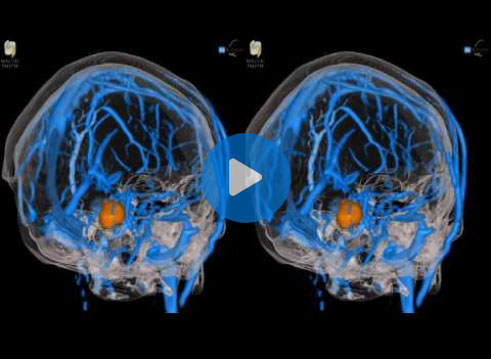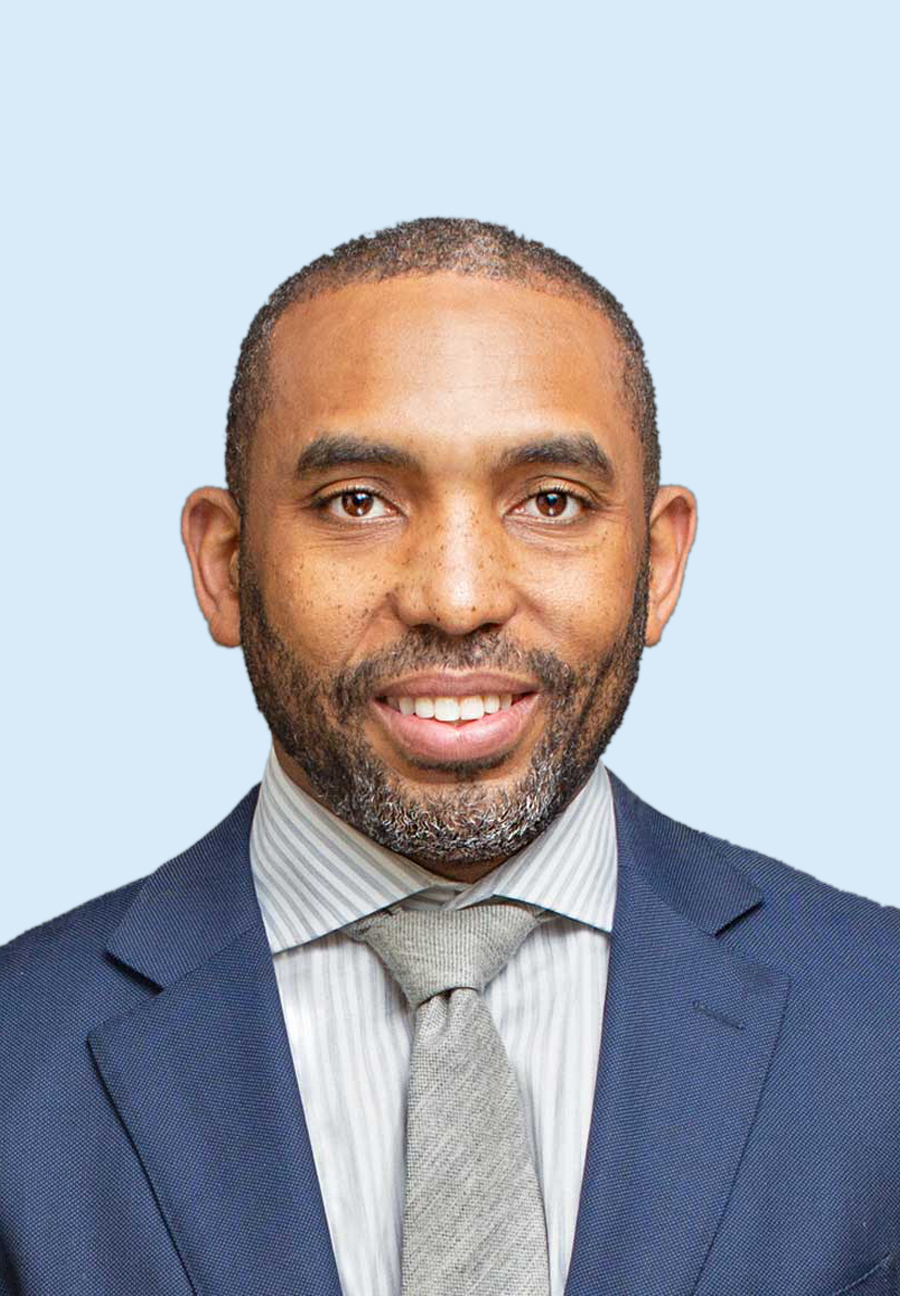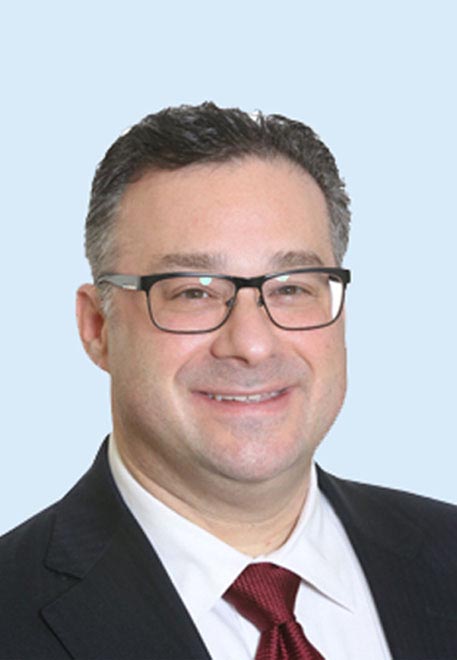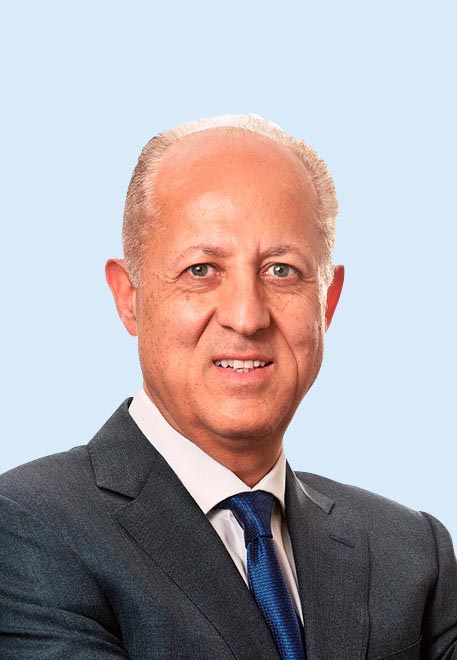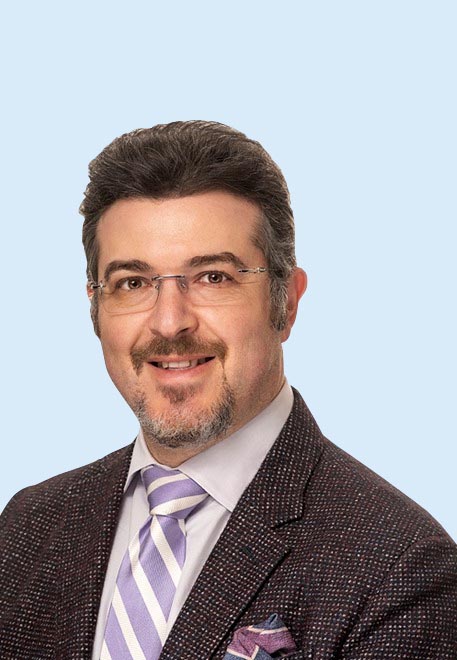- PATIENT FORMS | REQUEST A CONSULTATION | CONTACT US
- 1-844-NSPC-DOC
Spinal Cord Injury
What Is a Spinal Cord Injury?
A spinal cord injury occurs when trauma (generally from an accident) results in physical damage to the spinal cord itself. Depending on the part of the spine where the nerve fibers are damaged, the results of an acute spinal cord injury can range from chronic back pain to paralysis. Tetraplegia, also known as quadriplegia, is paralysis of hands, arms, torso, legs and pelvic organs. Paralysis of all or part of the torso, pelvic organs and legs is called paraplegia.
Inflammation caused by the trauma needs to be controlled to prevent further damage, which makes a speedy diagnosis vital so that immediate treatment can begin.
Spinal cord injuries require competent care, not only at the scene of a traumatic injury but also throughout treatment at a spine injury center and ongoing care. At NSPC, we provide cutting-edge treatment for patients suffering from spinal cord injuries and related conditions.
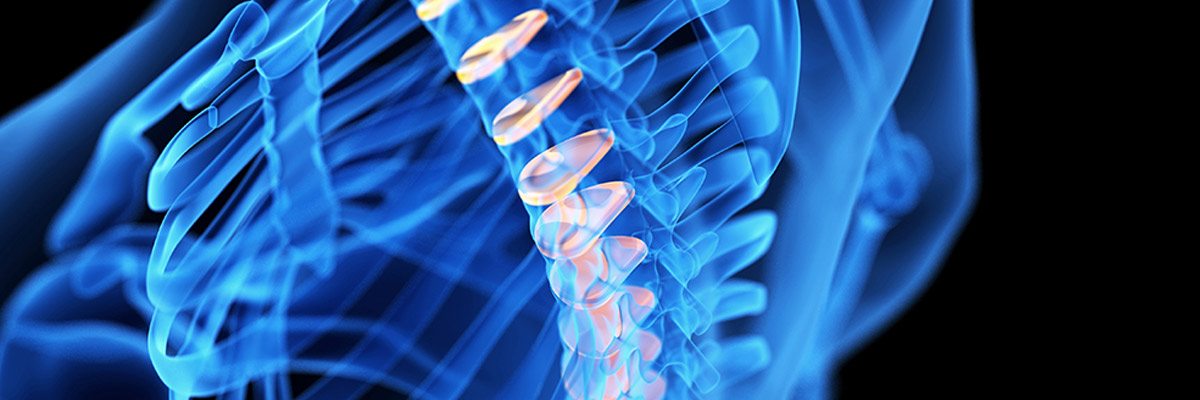
Causes of Spinal Cord Injuries
While the list below is not a complete list of every possible spinal cord injury cause, these are the most likely scenarios in which such an injury will occur. An additional cause of spinal cord damage is the inflammation that occurs immediately following the trauma. This can continue to result in damage for several days or even weeks after the initial injury. Thus, while inflammation is not a spinal cord injury cause, it certainly is a cause of much of the damage resulting from a spinal cord injury.
- Automotive Accidents – This is by far the most common of spinal cord injury causes. At least 2 out of every 5 cases of spinal cord injury occur when a motor vehicle driver or passenger, or a motorcyclist, is in an accident.
- Falls – Whether falling down the stairs or off a ladder, even just from a short distance, a person may experience a spinal cord injury. The likelihood increases with age. This is the most common way that seniors experience spinal cord injury.
- Sports Injuries – Nearly 1 out of 10 spinal cord injuries happen on the playing field or in the water when people are engaging in sports and other forms of recreation. A hard impact in a contact sport or a dive into water that is too shallow are the most common causes in this category.
- Violent Incidents – Shootings and stabbings account for about 1 out of 7 spinal cord injuries. If the bullet or knife pierces the spinal cord, serious injury is likely. Gun-related suicide attempts can cause similar harm.
- Misuse of Alcohol – While not directly responsible for the injuries, alcohol plays a role in about one-quarter of spinal cord injuries.
- Infections and Disease — While not considered trauma, infections and diseases can seriously damage the spinal cord.
Symptoms of Spinal Cord Injury
The central nervous system controls voluntary movements (such as walking and talking) and involuntary motor functions (such as breathing and blinking). Damage to the lumbar area of the spinal cord which controls the abdomen, hips, legs and pelvic organs can lead to paraplegia. Damage to the thoracic region farther up the spine can result in additional paralysis including fingers, hands, arms and shoulders called tetraplegia.
If a person experiences what is called a complete break, the symptoms will include a loss of feeling and/or movement below the spinal cord injury. This is a spinal cord injury symptom that reveals the damage is serious. Other symptoms may include:
- Extreme pain in the neck and/or back
- Partial or complete paralysis
- Difficulty breathing
- Loss of bowel or bladder control
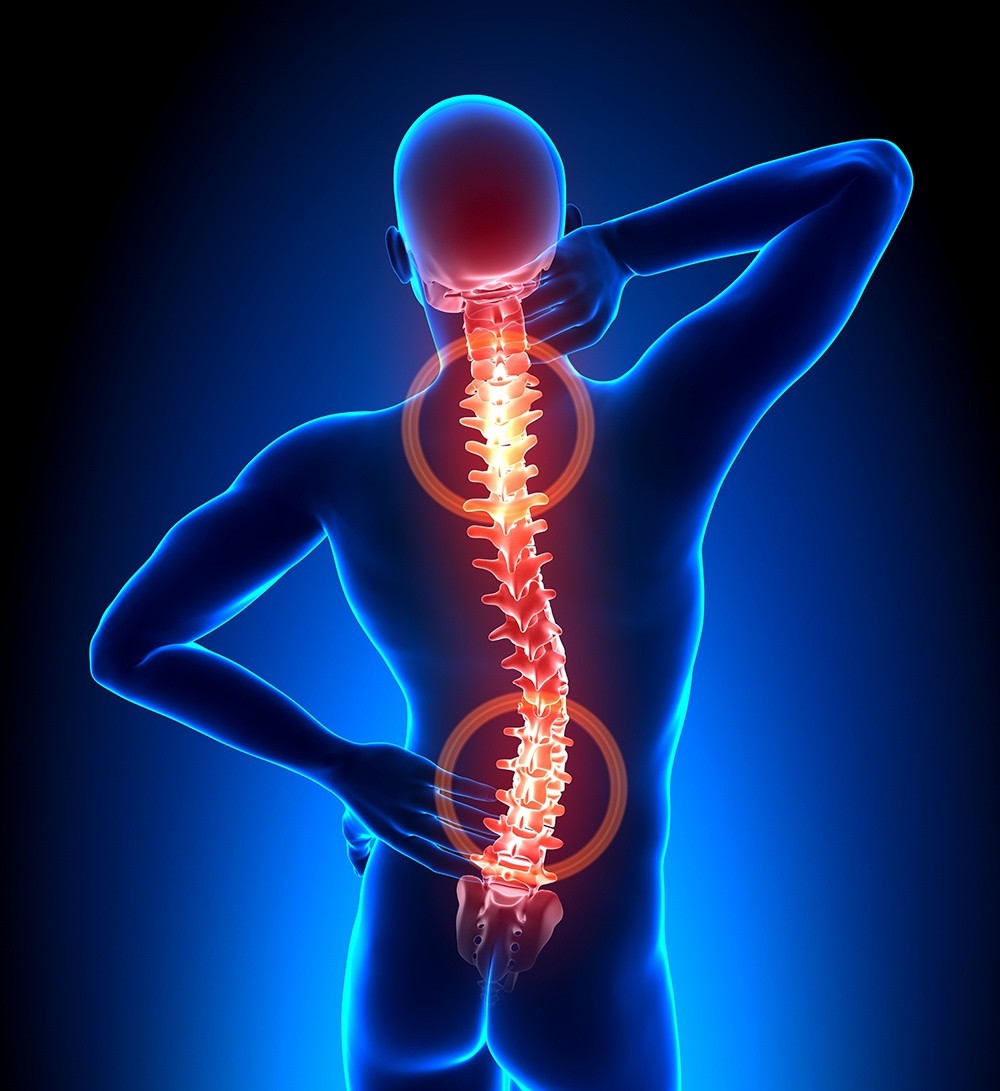
What is a Spinal Fracture?
A spinal fracture generally occurs when trauma results in physical damage to the vertebrae. This is why spinal fractures are also sometimes called vertebral fractures. If the fracture occurs in one of the seven neck vertebrae (C1-C7), then it is referred to as a cervical fracture. Because a spinal fracture may result in damage to the spinal cord, this is considered a medical emergency and requires immediate treatment. At times, spinal fractures may go undiagnosed for a long time. This is especially true in older people who dismiss back pain as a sign of aging, since the fracture may be due to bone loss with no accompanying trauma. Let’s take a look at how spinal fractures are diagnosed.
Symptoms of Spinal Fracture
The number one symptom associated with a spinal fracture is back pain. This pain can radiate out to the arms and legs as well, due to nerve pressure from the fracture point. The pain doesn’t need to be excruciating to signify a fracture. Many times, mild to moderate back pain that is associated with aging can, in reality, be due to a spinal fracture.
If you are experiencing back pain after any type of accident, fall or other trauma, seeing a specialist can be in your best interest to eliminate a spinal fracture as the cause. Our multi-disciplinary team here at NSPC in the Long Island, NY area can be your personal guide to solving your back pain problems. If you are in need of a spine specialist, we have you covered.
Additional symptoms that will help identify if your back pain is related to a spinal fracture include:
- Sudden pain
- Chronic pain without obvious cause
- Altered posture
- Becoming shorter
- Intense back pain
- Pain that radiates into the arms or legs
Reasons for a spinal fracture occurring can encompass osteoporosis, menopause, falling, or previous fractures. If you have any of these issues and concurrent back pain or symptoms as listed above, seeking the advice of one of our board-certified spine surgeons could greatly benefit your quality of life.
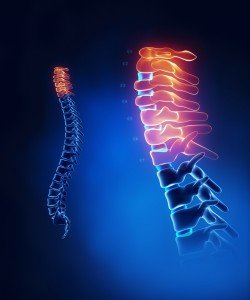
If the person still has sensory function and can move parts of the body below the spinal cord injury, this is considered an incomplete injury. This, however, may still be a serious injury, and swelling could continue to cause damage if treatment is not sought immediately. If you, or someone around you, have been in a serious accident, always check for spinal cord injury symptoms. A person may need to watch for these symptoms in the days and weeks to come:
- Sudden paralysis or loss of feeling and motor control
- Reduced ability to feel hot and cool or other sensations
- Incontinence or loss of bowel control
- Sexual dysfunction
- Intense pain in the head, neck or back area
- Labored breathing or coughing up secretions
Many new technologies exist and are being developed to help with spinal cord injury treatment. These are making the quality of life far greater for survivors of a spinal cord injury, even for those who have sustained permanent injuries.
NSPC is the premier choice of referring doctors in the NY Tri-state area for good reason. With an expert multidisciplinary team of neurosurgeons and convenient offices on Long Island and in the New York area, spinal cord injury patients receive the best possible outcomes with world-class care close to home.
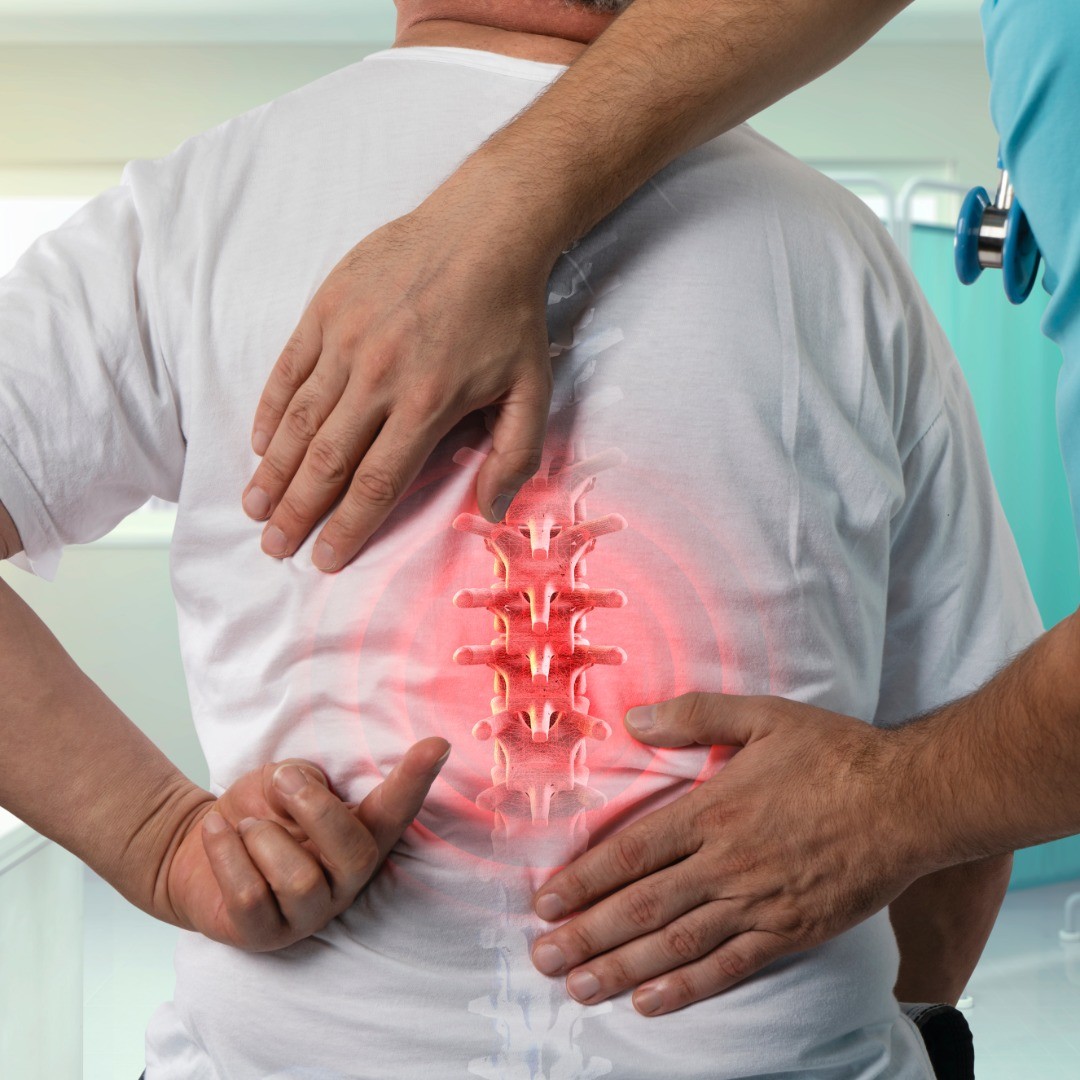
Spinal Cord Injury Treatment at NSPC
When a spinal cord injury occurs, time is of the essence, and it will thus be treated as a medical emergency. The initial diagnosis will involve questions about the events surrounding the injury. A medical history will need to be gathered, including any history of back or neck injuries, and any immediate symptoms that have begun such as loss of feeling in the extremities, incontinence, and back or neck pain.
Next, the patient will receive a physical evaluation involving the testing of reflexes and senses to see what damage may have resulted from the injury. The patient will likely need to be immobilized to prevent further injury while the diagnosis continues. This could involve a cervical collar or backboard depending on the location where the injury occurred.
When diagnosing a spinal cord injury, either a CT, MRI or x-ray will be used. These diagnostic tools are vital in determining if damage to the spinal cord has indeed occurred. It will also allow the spinal cord injury specialist to determine the exact location and extent of the damage, thus enabling immediate treatment, including emergency surgery, if necessary.
While not a cure, early treatment of a spinal cord injury with methylprednisolone may limit the swelling and prevent additional damage to the spinal cord or nerves in the spinal canal.
Neurosurgeons at NSPC in New York perform skilled surgery to remove fragments of bone, or other materials that press on the spinal cord (such as a herniated disc), and to stabilize the spine. Removal of objects compressing the spine may prevent additional inflammation and injury to the nerve fibers. NSPC neurosurgeons can help you choose the most minimally invasive procedure that’s right for you.
During the early stages of recovery, injury rehabilitation will focus on strengthening muscles and learning to perform day-to-day activities.
Much research about spinal cord repair, including possible neuro-regeneration, has led to new discoveries that are providing more clues about how the central nervous system might be able to be repaired.
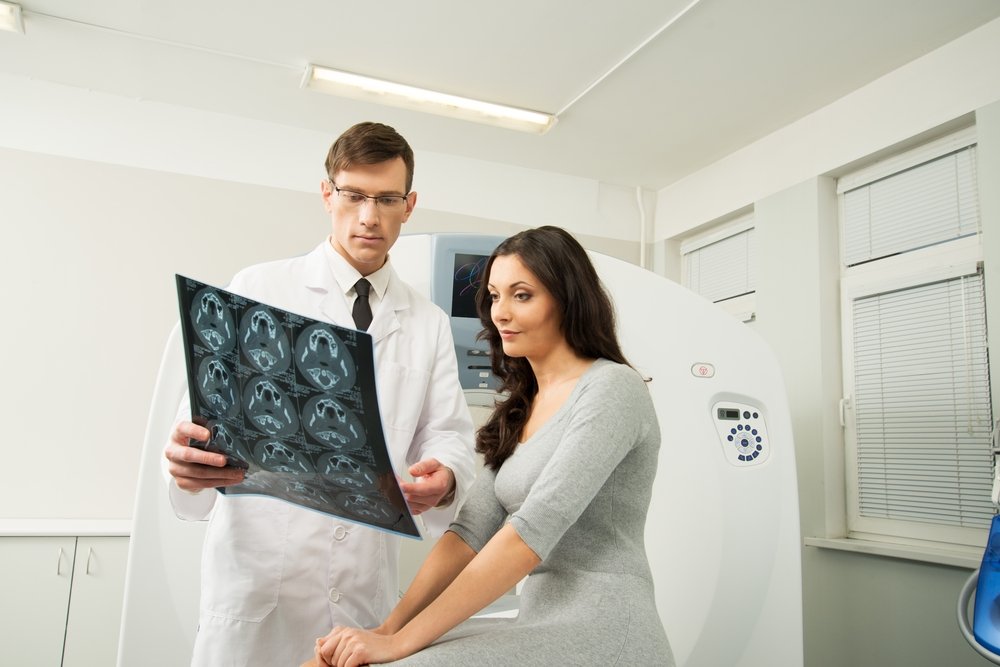
Related NSPC Center
Long Island Brain and Spine Tumor Center
NSPC provides state-of-the-art treatment of benign and malignant brain and spine tumors, using minimally invasive procedures like Gamma Knife®, Novalis TX™, and CyberKnife® rather than major surgery whenever appropriate. Our physicians also perform experienced pediatric neurosurgery — they give personalized, individual attention combined with knowledge and experience to take on the most challenging of cases.
Physicians
Connect With Our 7 Convenient Locations
across Long Island, NY
Our expert physicians, surgeons and doctors are ready to serve you at our 7 convenient locations across Long Island, NY. Connect today to learn how our award winning, world class experts can help.
4250 Hempstead Turnpike Suite 4,
Bethpage, NY 11714
(516) 605-2720
COMMACK
353 Veterans Memorial Hwy,
Commack, NY 11725
(631) 864-3900
One Hollow Lane, Suite 212
Lake Success, NY 11042
(516) 442-2250
MANHATTAN
215 E. 77th Street Ground Floor
New York, NY 10075
(646) 809-4719
PORT JEFFERSON STATION
1500-8A Route 112,
Port Jefferson Station, NY 11776
(631) 828-3001
100 Merrick Road, Suite 128W
Rockville Centre, NY 11570
(516) 255-9031
WEST ISLIP
500 Montauk Hwy
West Islip, NY 11795
(631) 983-8400
World
Class
Expertise
For over 50 years & 350,000 patients NSPC has been a trusted global medical leader.
Contact us today for an appointment or consultation.

